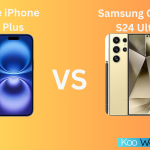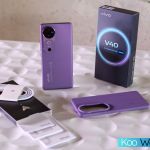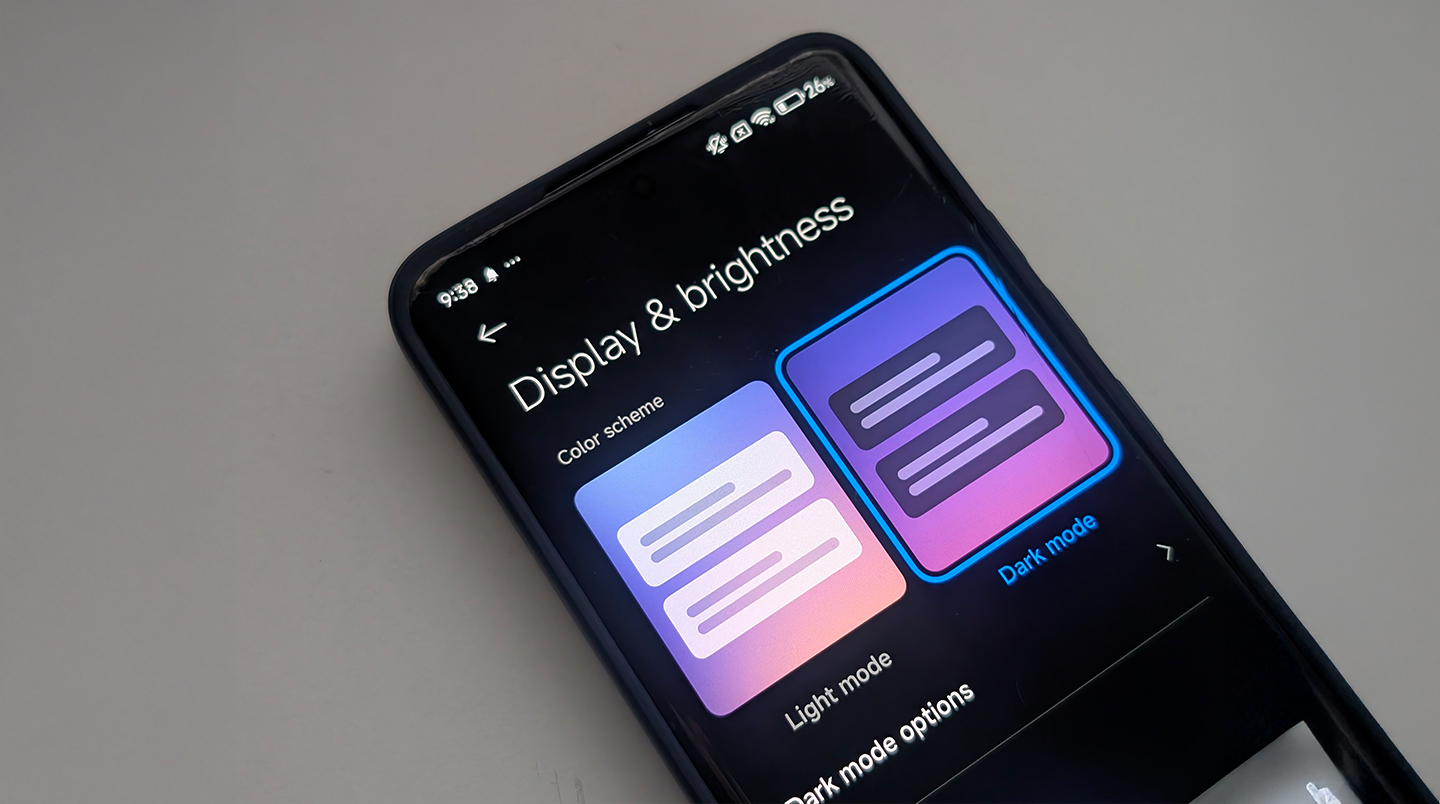One of the most impressive features of HyperOS is its refined dark mode. Not only does it bring great looks, but high battery savings are also foretold on devices equipped with OLED and AMOLED screens. In this article, we will be discussing how much Xiaomi HyperOS Dark Mode could save for battery life and what mechanisms are behind these savings.
Understanding Dark Mode in HyperOS
One of the most popular features across many operating systems, Dark Mode, changes the traditionally bright background of the screen to a color scheme on the darker side. This does not only reduce the strain that occurs on your eyes while working in lower light conditions but is also known to be massively power-efficient, especially on screens capable of turning off individual pixels like OLED and AMOLED displays.
Dark mode has been further optimized in HyperOS compared to even that in MIUI 14, in which Xiaomi goes for deeper blacks and cuts down on the emission of light colors—this one conserves power since each pixel of an OLED or AMOLED screen draws its power proportional to the brightness needed to display its color.
Details of Battery Savings
OLED and AMOLED Displays The real benefit of dark mode in power saving now comes to the fore on OLED or AMOLED screens. While in LCD screens, the backlight is always on, with OLED screens, individual pixels light up, so black pixels are essentially off.
Energy Efficiency of Dark Pixels:
Since on OLED panels, whenever black or very dark colors are displayed, fewer pixels light up, this will directly reduce power consumption. Xiaomi’s HyperOS dark mode uses #000000 true blacks in several UI parts.
Practical Savings
These have been paired against user reports to give a sense that, with dark mode on in an OLED Xiaomi device, the claimed reduction can remain between 15% and 30% based on usage patterns and kinds of apps used.
LCD Displays
For Xiaomi devices sporting an LCD screen, the effect on battery life will not be so huge since their display’s backlight never turns off—whatever color is expressed. In any case, HyperOS gets it with software optimizations, giving modest power savings.
Real-World Use and Battery Life Extension
To provide a numerical value for exactly how much battery life can be saved using dark mode in HyperOS, let’s consider a few common scenarios:
- For the power user in particular, playing plenty of media, gaming, and running apps mostly light-themed, OLED screens could squeeze out up to 30% more battery life under similar conditions. This may mean an extra hour or two in use between charges.
- For regular users, this saving in dark mode could be 10-20% longer battery life if the app is native in dark mode.
- Light users who only call, text, and browse can still get up to 5-15% more battery life with Dark Mode, mainly if it’s an OLED screen.
For instance, if it’s true, the dark mode realized a huge battery saving in Xiaomi’s HyperOS—smaller than 15% and as high as 30% under heavy usage—specifically for devices with OLED screens. This will also enable LCD users to realize savings of approximately 5-10%. The savings translate into direct power reduction due to fewer lit pixels and indirect reductions from the setting of lower brightness. Enabling dark mode within HyperOS is a relatively easy way for users to squeeze the last drops of juice from their devices.


HyperOS Downloader
Easily check if your phone is eligible for HyperOS 2.0 update!





